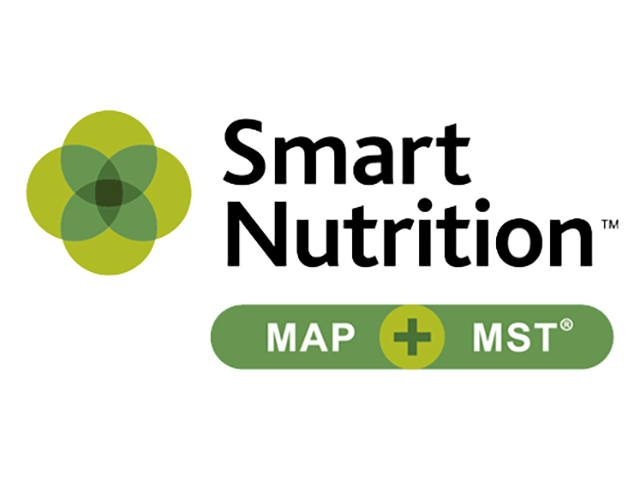Smart Sulfur Strategies
Smart Sulfur Strategies - The Science Behind Smart Nutrition MAP+MST
ADVERTORIAL
Known as the fourth major nutrient, sulfur is a critical component of a balanced crop fertilization program to optimize yield. Smart Sulfur Strategies, brought to you by Smart Nutrition MAP+MST, provides information and insights on the vital role sulfur plays to enhance production on every acre and maximize your crop nutrition investment.
Are you concerned with fall applications of sulfate-sulfur and its leaching risk? Are you concerned spring applications of elemental sulfur will not become available when your crop needs it most?
Sulfur as sulfate can indeed leach through the soil profile just as nitrate nitrogen can during high rainfall events. To help overcome such challenges, Nutrien launched a fertilizer innovation to help farmers achieve a more efficient system to deliver sulfur and phosphate when the growing crop needs it.
"New Smart Nutritionâ??(TM) MAP+MSTâ??(R) granular fertilizer was created by integrating micronized sulfur technology (MST â??(R)) into our Mono-Ammonium Phosphate (MAP) product," says Dr. Cristie Preston, senior agronomist with Nutrien.
A SMART CHOICE
Both MST and MAP solutions are mixed together to produce consistent granules with the same analysis (9-43-0-16). "The 16% sulfur portion is 14 to 15% elemental and 1 to 2% sulfate. The process delivers smaller sulfur particle size (15 microns or less) to produce faster oxidation rates once microbes activate the MST as soils warm up," Preston says.
P[L1] D[0x0] M[300x250] OOP[F] ADUNIT[] T[]
The uniform distribution of sulfur within this fertilizer granule is key. In contrast, a layered product or larger granule size in an elemental sulfur 0-0-0-90 product can take months to become plant available.
"Particle size gives MAP+MST granules quicker oxidation, making sulfur available this growing season. At the same time, it features more versatility as a slow-release, not easily leachable product when fall-applied at soil temperatures below 50 degrees -- when microbial activity decreases," she says.
Prolonged availability with slow-release sulfur helps a crop like corn find plant-available sulfur during times of greatest need, both before and after the reproductive stages, adds Preston.
MORE ACRES PER TON
The high fertilizer density of the granules helps farmers maximize two nutrients in one product. "Farmers can cover more acres per ton with fewer refills, compared to ammonium sulfate," says Preston.
Sulfur, an essential macronutrient needed for plant growth and function, continues to be an issue as farmers often don't apply enough. You can't rely on sulfur being available from the atmosphere in the form of acid rain, as those amounts have been declining for decades.
"There's not really a good test to determine how much sulfur is plant available. We suggest farmers look at crop and grain removal and crop uptake levels. For example, if a corn crop has a sulfur harvest index of 57%, then that amount will be removed from the field, not recycled back. If you're not applying enough sulfur year after year, then it creates sulfur deficient plants," says Preston.
In Midwest corn, if you're applying 150 pounds per acre of MAP+MST, more than likely you're going to cover your phosphorus and sulfur needs. It also has a lower salt index (22.4) compared to MAP (25.5) and ammonium sulfate (68.3), reducing the risk of salt injury on germinating seed.
For more information on Smart Nutrition MAP+MST, visit https://smartnutritionmst.com/… to learn more about research on corn, canola, cotton and soybeans, as well as sugarcane, sugar beets, wheat and alfalfa.
How Is Smart Nutrition MAP+MST Different?
Smart Nutrition MAP+MST differs from traditional sulfur specialty products because instead of using a layering process, we introduce molten sulfur directly into the manufacturing of Mono-Ammonium Phosphate (MAP). By doing this, we are able to create an even distribution of sulfur and MAP within each granule. This allows for maximum soil to fertilizer contact and potentially increases crop availability earlier in the season.
(C) 2020 Nutrien Ltd.; SMART NUTRITION, NUTRIEN logos and designs are registered trademarks owned by Nutrien Ltd. MST (R) logos and designs are registered trademarks owned and used under license by Sulvaris Inc.
[PF_1220]
(c) Copyright 2020 DTN, LLC. All rights reserved.




